
The Nosara dike is once again under reconstruction. On February 15, the government began intervention work on three kilometers (1.8 miles) of infrastructure in a race against time to get it done by the rainy season and the constant flooding that the rains cause in this district of Nicoya.
The National Emergency Commission (CNE) and the National Irrigation and Drainage Service (SENARA) didn’t begin the work until now even though the budget has been approved since 2019. At that time, CNE made budgetary errors that weren’t resolved until April of 2020. That’s how the president of the Nosara Integral Development Association (ADIN), Marco Avila explained it to The Voice in 2020.
According to the government, work will be completed in May of this year, during the onset of the rainy season, according to the Ministry of Environment and Energy’s (MINAE) forecast.
The project includes digging out the riverbed and building two walls to control the flow of water in the vicinity of Santa Marta and the Nosara airport, as well as a channel alongside the river in Santa Marta to reduce the erosion that the water can cause.
In addition, the work will include protecting the slopes against damage caused by water runoff, as well as hydraulic works with water outlets and gates for canals that can cause flooding elsewhere.
In total, CNE and SENARA will invest ¢1.161 billion (about $1.9 million) in rebuilding the dike.
CNE President Alexander Solis indicated that the work will not only benefit Nosara, but will also ensure that agricultural areas are protected and that tourists can get in and out of the area.
According to government calculations, a total of 3,000 people living in Santa Marta, Santa Teresa and Nosara would be protected.
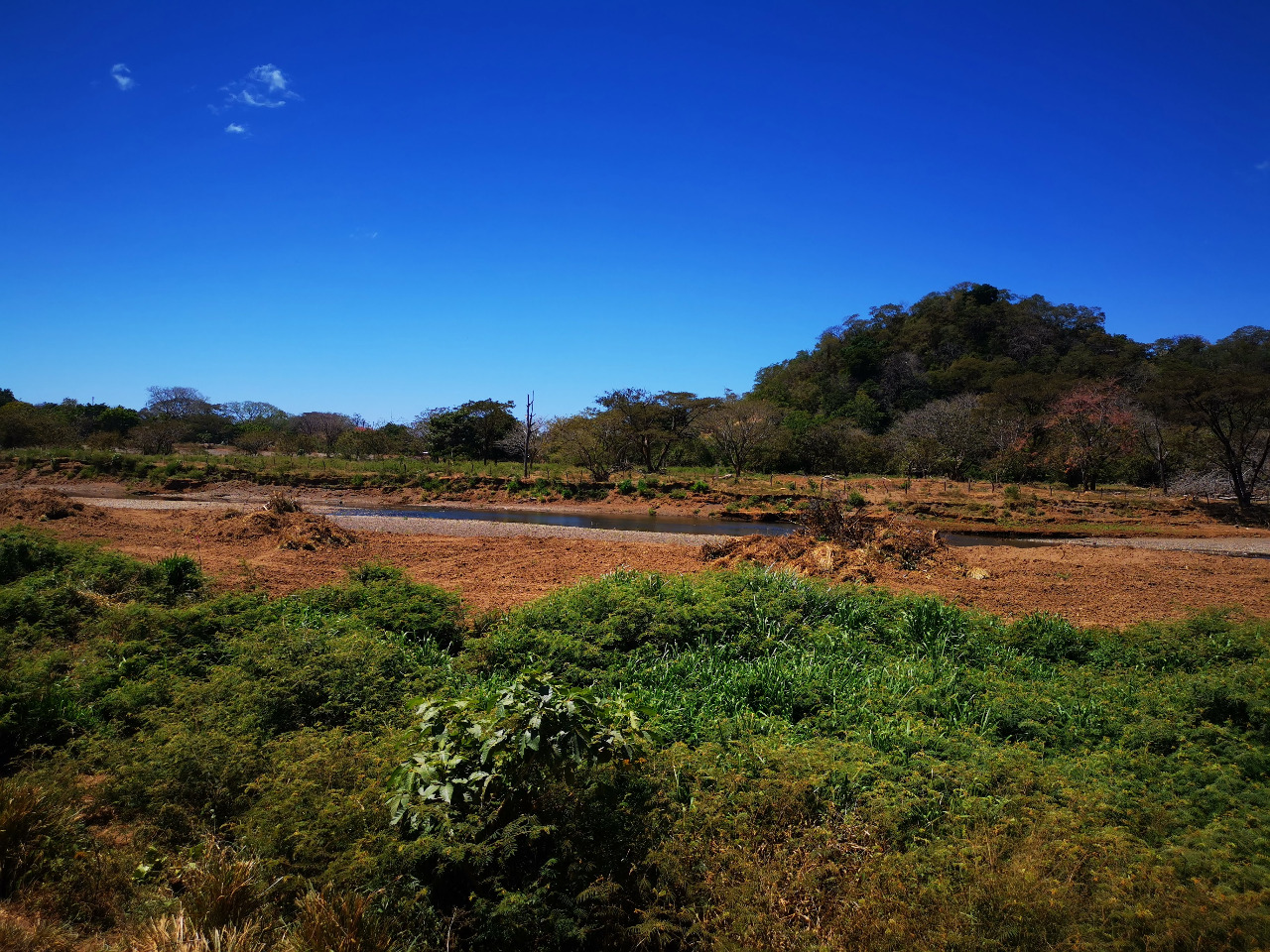
Photo: Courtesy of Presidential House
Final Point?
SENARA and CNE were the institutions that built the dike in 2013, with practically the same amount of money that they are allocating now for reconstruction: ¢1.149 billion (about $2.2 million at the exchange rate at that time) at that time.
But will this work be sufficient? A hydrological study by the National Meteorological Institute (IMN) sheds doubt on the matter. According to the analysis, the dike isn’t adequate and, even in the areas where the structure exists, the river can flood with much lower amounts of rain than those projected by SENARA.
“In reality, if you look at the dike in terms of cost and benefit, it’s not necessary to crunch the numbers. It’s a fact that it didn’t work,” said the researcher who conducted the study, Javier Saborio. “Even if there is a dike, the flooding will continue happening,” he added.
SENARA’s director of Engineering and Project Development, Marvin Coto, defended the work and said that the floods “would have been much worse without the construction,” but he acknowledged that no one and nothing can ensure that there won’t be any more floods in the future.
When you build works like that, you can’t guarantee that it will never flood again. It would be irresponsible. We can’t say that it’s an infallible work,” he stated.
On other occasions, CNE has also said that the dike is principally a mitigation structure and that it could be more effective with maintenance work, which is the responsibility of the Municipality of Nicoya.
The head of the local government’s Construction Control department, Josue Ruiz, had stated that in 2019, they did do “light maintenance” (preventing tree roots from growing in the river) and justified that they didn’t do it before because SENARA didn’t send them the plans until that year.


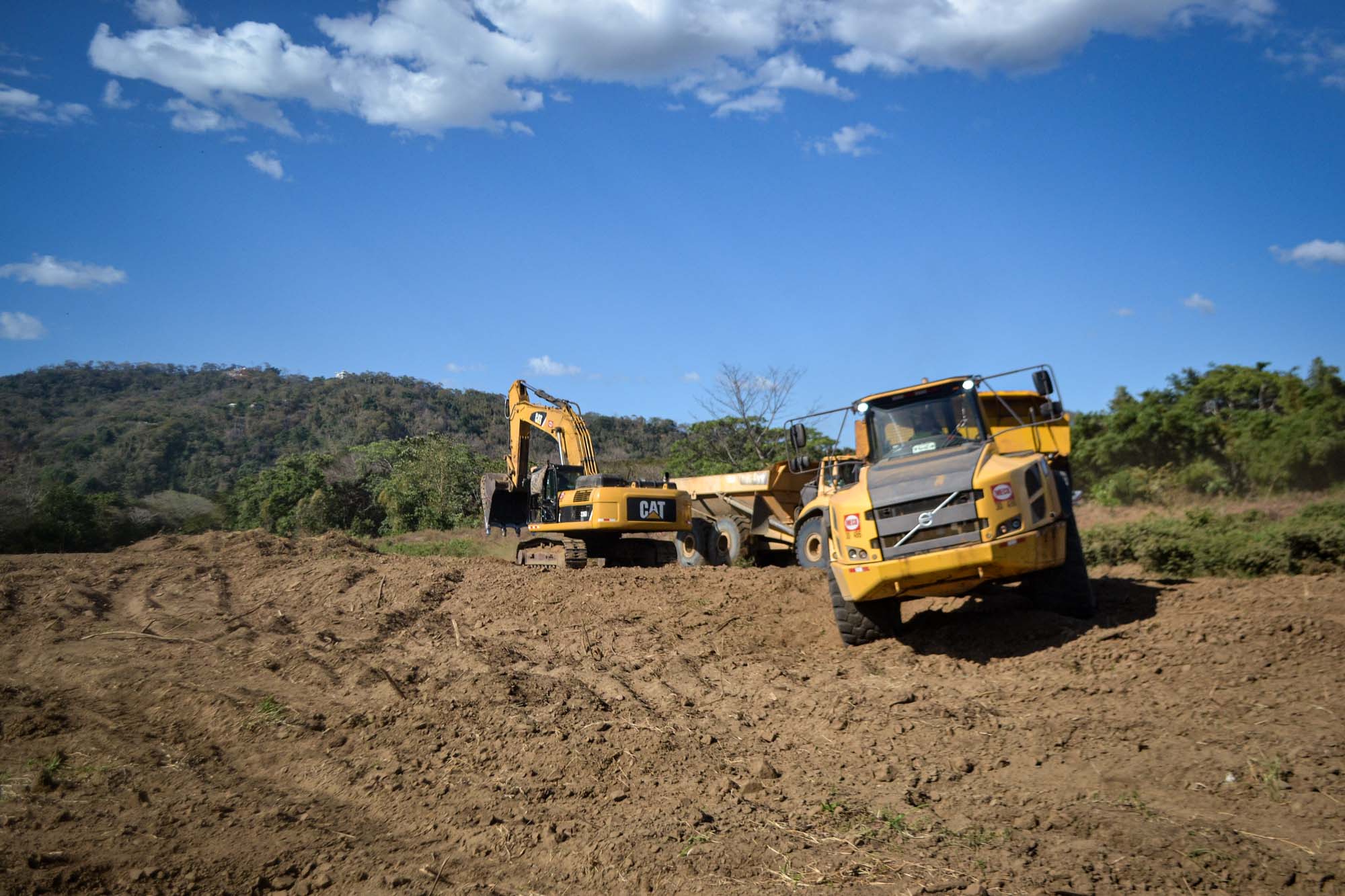
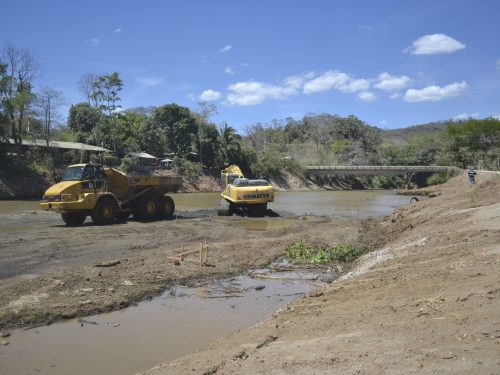
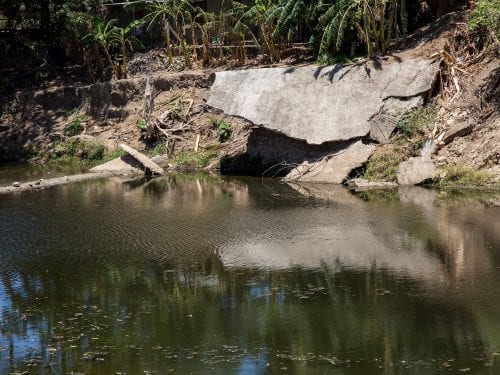
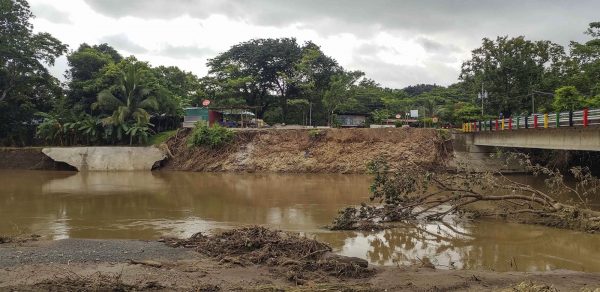

Comments